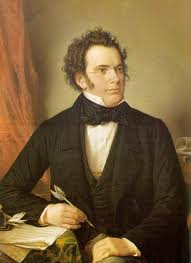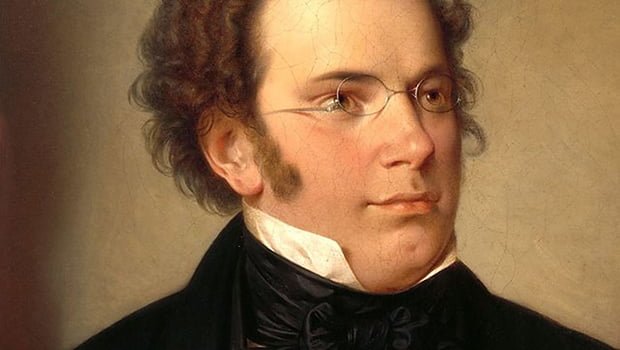The History of Impromptus, Op. 90, D. 899 by Franz Schubert
Franz Schubert’s Impromptus, Op. 90, D. 899 stands as one of the most beloved and frequently performed collections in the Romantic piano repertoire. Composed in 1827, just a year before the composer’s untimely death at the age of 31, these four piano pieces showcase Schubert’s extraordinary lyrical gift, harmonic daring, and deep emotional expression.
Origins and Inspiration
The term “impromptu” suggests a piece that is improvised or spontaneous, though Schubert’s Impromptus are anything but casual. They reflect a highly refined compositional voice, shaped by years of experience and influenced by the traditions of both Classical and Romantic styles. Schubert composed these works during a prolific period in his life, when he was also writing such masterpieces as the song cycle Winterreise and the String Quintet in C major.
It is believed that the idea for writing impromptus was inspired by the music publisher Tobias Haslinger, who may have suggested that Schubert compose pieces in the popular “impromptu” style fashionable in early 19th-century Vienna. Another influence may have been the Bohemian composer Jan Václav Voříšek, who published his own set of impromptus in 1822.
The Four Impromptus of Op. 90
Each of the four pieces in Op. 90 has its own unique character and musical landscape:
- Impromptu No. 1 in C minor – This dramatic and stormy piece opens the set with intensity. It features a driving triplet rhythm and striking contrasts, capturing a sense of urgency and restlessness.
- Impromptu No. 2 in E-flat major – A lyrical and elegant piece, this impromptu is built around a graceful melody that flows with ease and subtle shifts in harmony. It exudes charm and refinement.
- Impromptu No. 3 in G-flat major – Often regarded as the most beautiful of the set, this impromptu presents a serene, song-like melody over an undulating accompaniment. Its gentle, meditative quality has made it a favorite among pianists and audiences alike.
- Impromptu No. 4 in A-flat major – The final piece is virtuosic and energetic, marked by brilliant passagework and rhythmic vitality. It brings the cycle to a spirited and joyful conclusion, though not without moments of introspection.
Publication and Reception
Only the first two impromptus were published during Schubert’s lifetime, in December 1827 by Haslinger. The remaining two were published posthumously in 1857 by Anton Diabelli. The full set was later grouped together as Opus 90, although Schubert himself did not assign this opus number.
Today, the Impromptus, Op. 90 are considered essential works in the solo piano literature. They are admired not only for their technical brilliance and variety, but also for their profound emotional depth—characteristics that define Schubert’s mature style.
Legacy
Schubert’s impromptus have influenced countless composers and remain a cornerstone of Romantic piano music. Their expressive range—from brooding melancholy to radiant joy—demonstrates Schubert’s ability to capture the nuances of the human soul in music. Pianists from Franz Liszt to Alfred Brendel and Mitsuko Uchida have championed these works, ensuring their enduring presence on the concert stage.
In Impromptus, Op. 90, listeners find some of Schubert’s most personal and intimate musical statements. These pieces continue to resonate with audiences nearly two centuries after they were composed—testament to the timeless beauty of Schubert’s genius.


Comments are closed